Deciding what lens to take when you head out is not always easy. But in this debate, few talk about the parts that make us better photographers. Today I’ll do just that…
Two worlds — Two types of photos.
Edits of today’s photos were done with Filmist, Silver, the new Elegance 5 and Natural HDR.
We thought it was about quality.
Maybe it was in part because early Zooms were often poor. Especially cheap ones. I remember an old cheap Sigma 70-300 I used in the late 90’s. One day, the plastic barrel just unscrewed and fell off in the dirt – A far cry from the quality Sigma Lesnes we see today.
When I started my career in earnest, I invested a lot in Zooms for my wedding, getting a Canon 79-200 2.8 and a Canon 24-70 2.8. The first was a great lens that I used until a few years ago. The second was fine, but soft compared to primes.
But these days, a sharp prime like the 12-60 in this video or a Sony 24-105 can be had for under $1000, and they are clean, sharp lenses. So quality is less of an issue in today’s world.
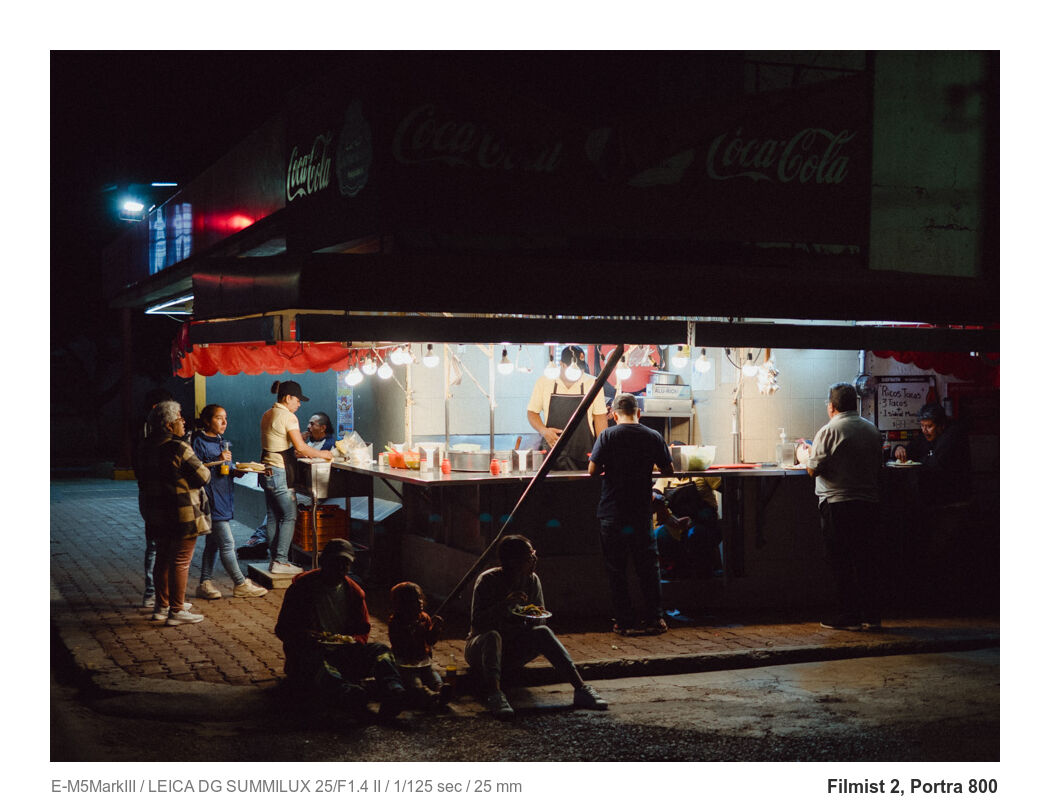
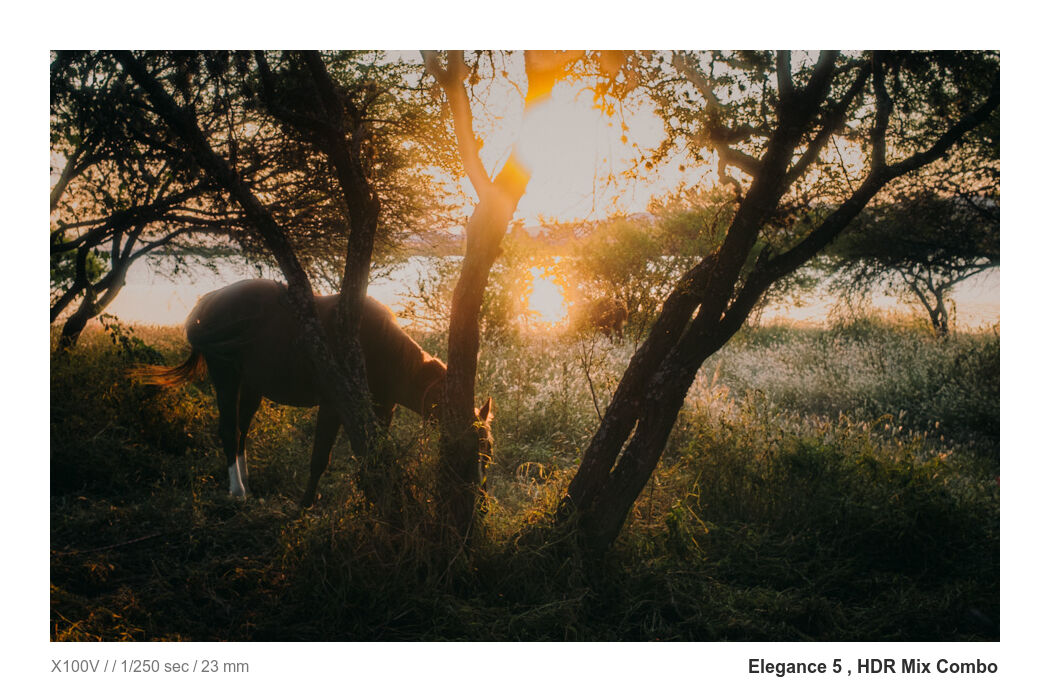
Magic vs Price…
Sometimes you need bokeh. Sometimes not. Primes are better for bokeh, but price does not always follow magic. Some of my most expensive lenses spend the most time on the shelf.
It’s pretty easy to get a bad Zoom. I usually don’t bother with a Zoom that’s not in at least that constant F4 Pro category. 2.8 zooms are great, but heavy, not to mention the cost. And of course, there are cheap Zoom exceptions.
Primes, on the other hand, are usually faster and look good on nearly anything. Even cheap primes like the 40mm plastic fantastic kit lens on Nikon cameras are actually great lenses. Some are sharper than others. But they handle like primes.
Sure, there are expensive primes. But no one really needs an 85mm 1.2. It’s just cool to have. The 85 1.8 is smaller and cheaper and does everything you need. In fact, it’s often a game-changer, and the longer lenses will transform even your street photos, not just portraits.
Most basic prime lenses in the 1.8 to f2 range in full frame or crop sensor are good. You can often pick up great primes for cheap and in vintage glass, a manual focus Minolta Rokkor 50 1.4 or the like gives amazing results for super low cost.
Zooms vary widely in cost. But there are very good f4 zooms easily found, lightly used in the 500-600 USD range, like the Leica zoom I used today.
The truth is that the lens that inspires the most is often not the most expensive and well-reviewed. Your thing of beauty might be an old Helios 44 for its swirly bokey, or a used compach 24-105 that is small and lets you fly free.
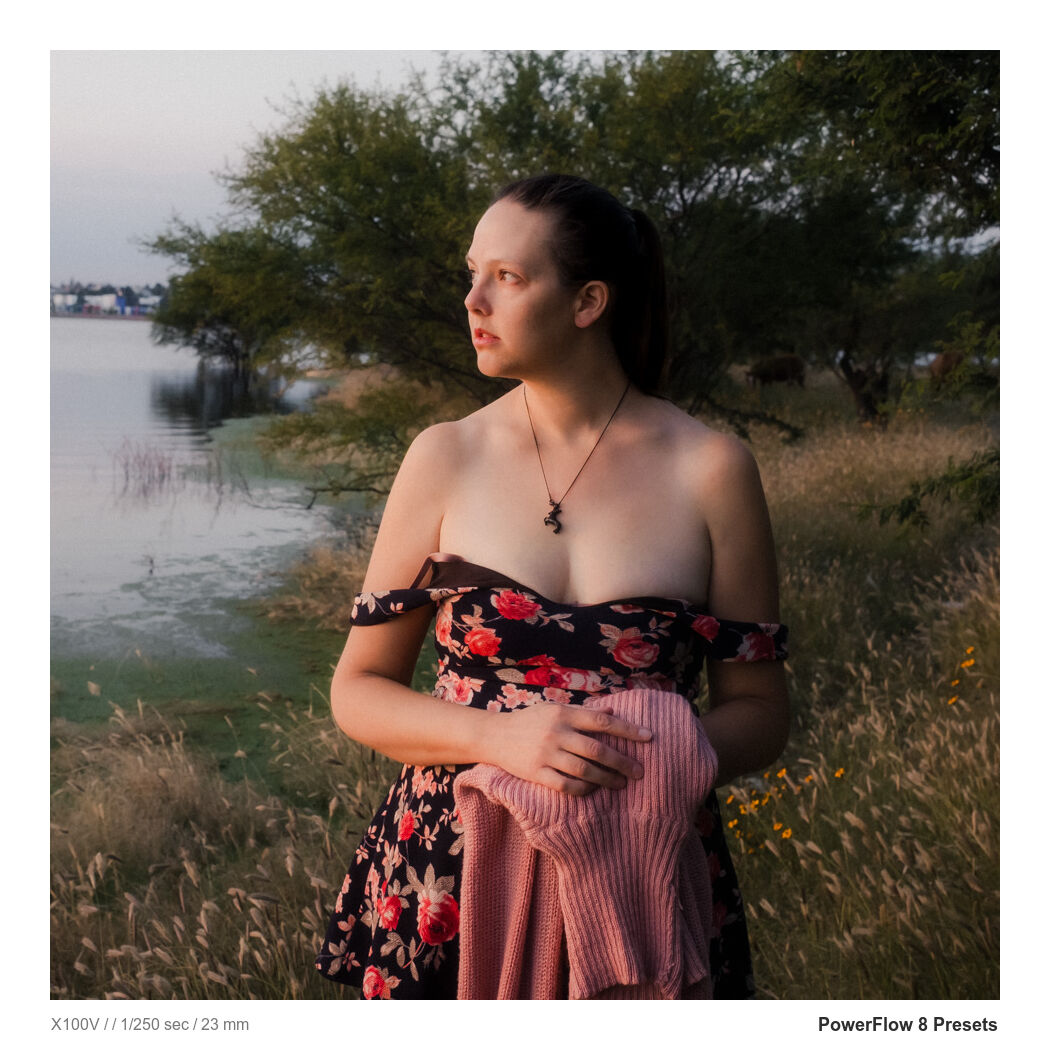
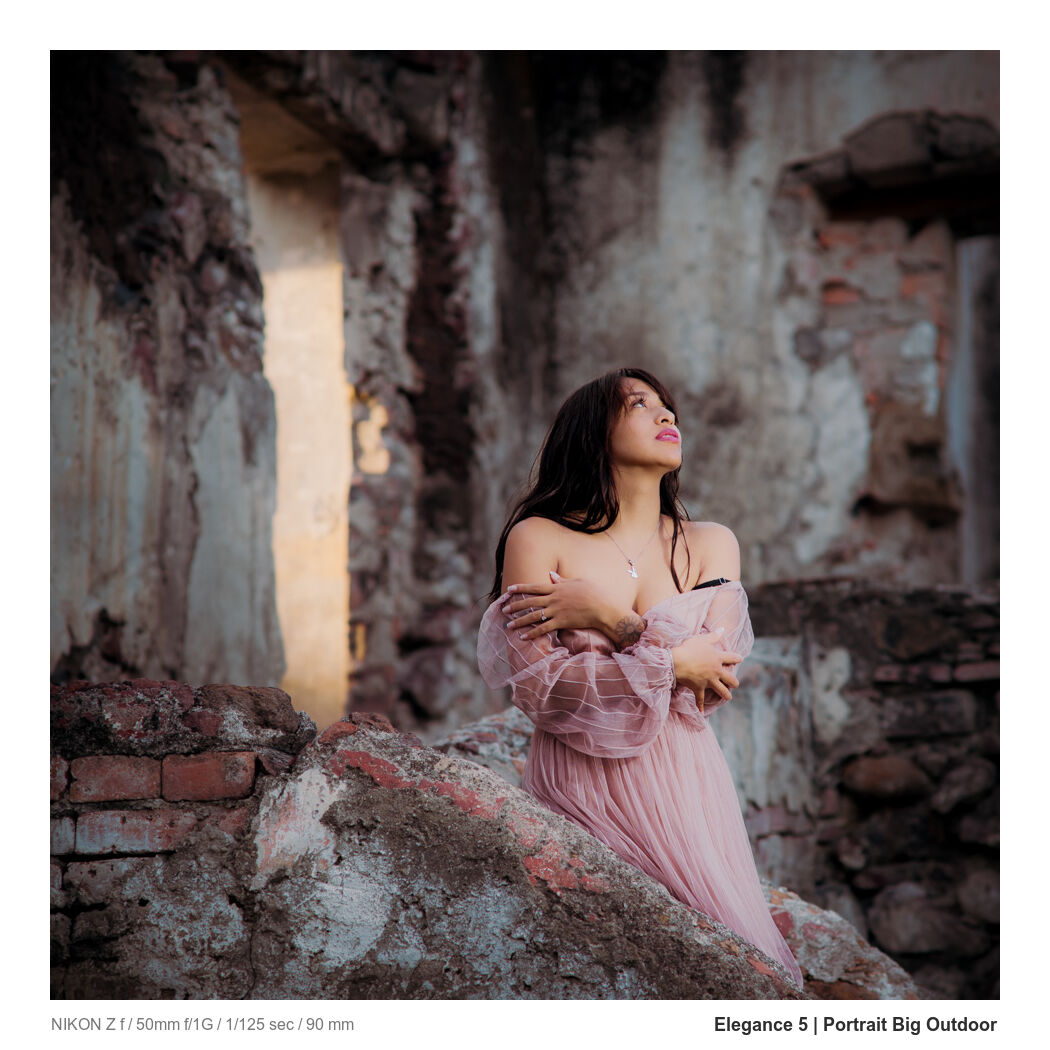
The real Secret of Lenses
I usually take 1 to a max of 3 lenses when I head out. So a lot of thought often goes into it. I think that planning gives better results and vision than a huge bag of everything. But which lenses?
You can often have 3 quality primes for about the same price and weight as one good zoom. Say a 25, a 50, and an 85. And it’s faster glass.
Then again… A great zoom, especially a compact f4 zoom, can be a world in itself, as we saw in the video, and you can do a little of everything.
I stated where I stand in the video. But in the end, I think having a Zoom for when you need it is useful. You just have to decide which one and where it belongs in your kit.
The real secret of a lens is not only the look it gives the photo. But how it make you feel using it and how it help you be creative? Because if you don’t create photos with soul, they won’t even stand out from AI slop.
A lens should make you feel, just like your photos should make viewers feel – Gavin Seim
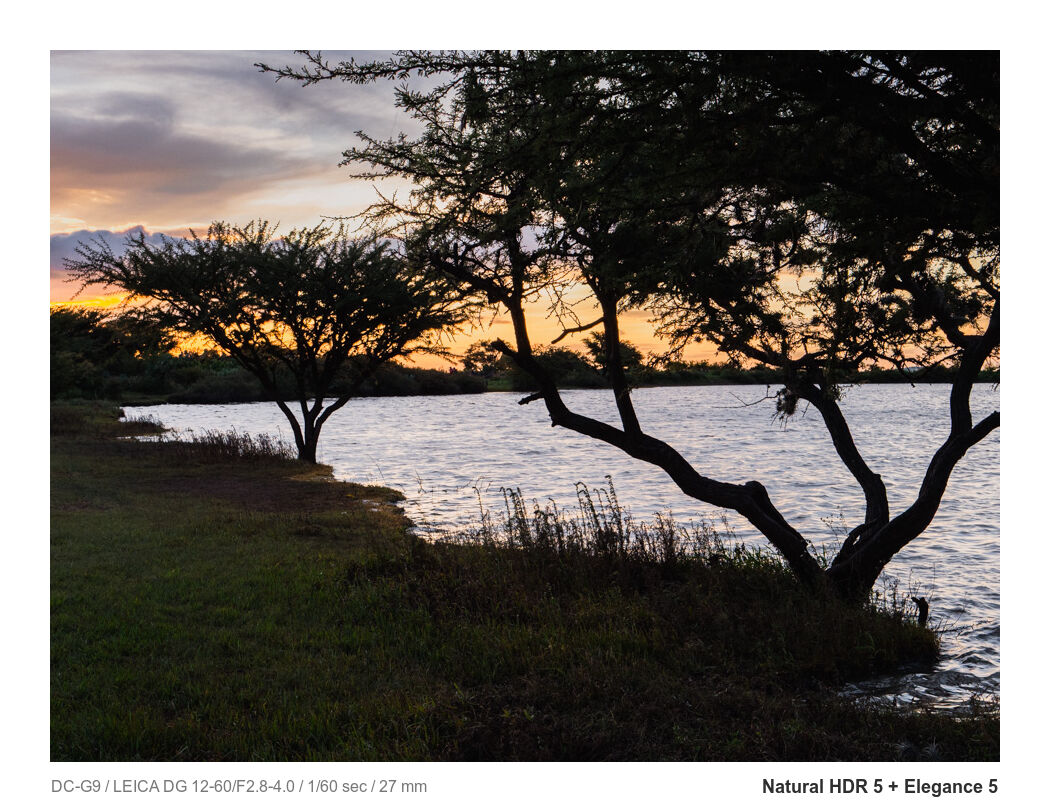
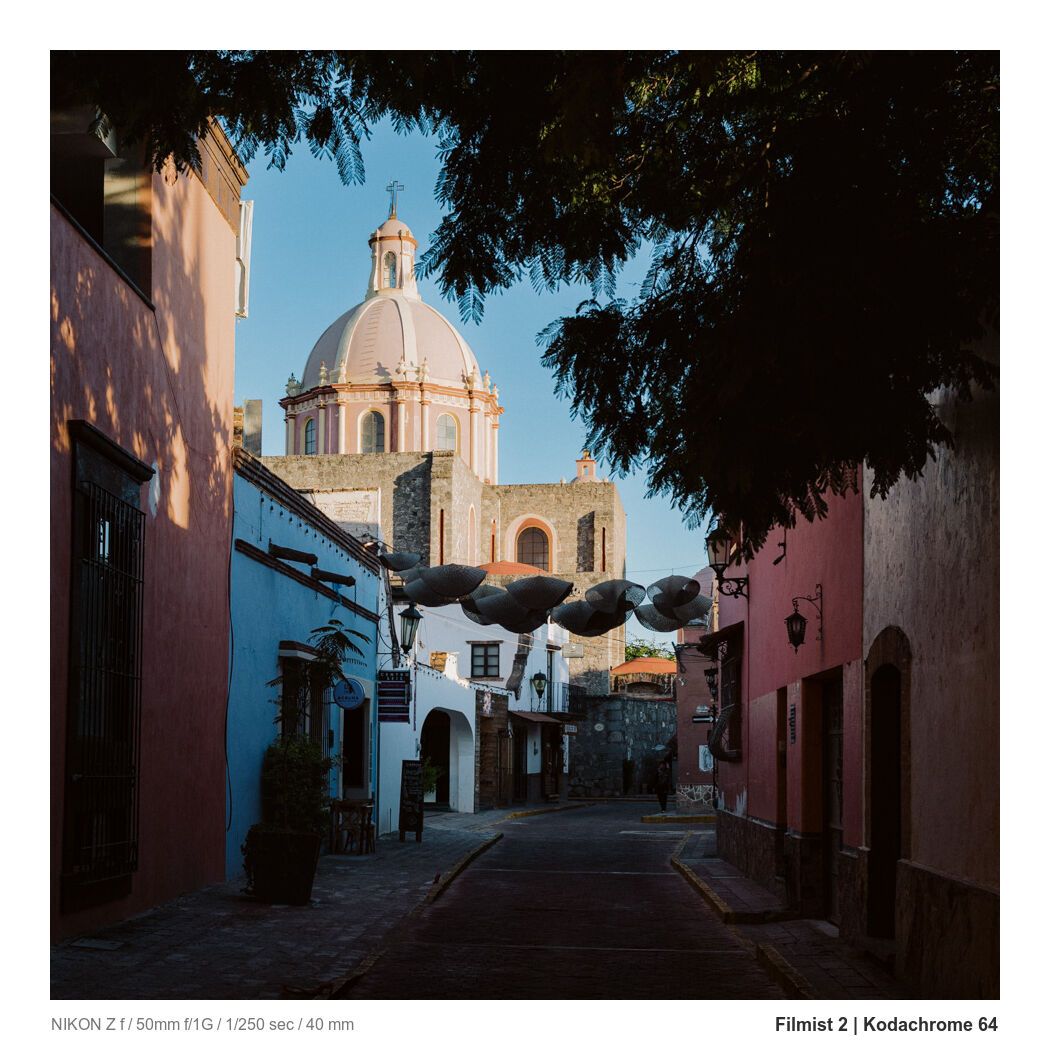

Are your eyes zoom or prime? Think about that.
Perhaps you are so *very* deeply immersed in kit, that you can't help but over-analyse.
A 12-40 2:8 zoom lives on my camera (E-M1 III) and it never occurs to me to consider what focal length I am using for the shot I am taking.
Meanwhile, I never 'shoot from the hip', but do take full advantage of how fast the camera focusses and sets exposure to take photographs without the subject having time to pose.
But then, as a 'keen amateur', I have never had to shoot to order, so I have the luxury of opportunism when I am looking for subjects.
It’s my job to over analyze a bit. But it’s very different. That’s 12-40 is a great lens and lenses son that range use to be my everyday. But as the years pass I find I am more creative when I decide on a lens for the day and focus on what I can do with it it’s of focusing on where to zoom. Neither method is wrong.